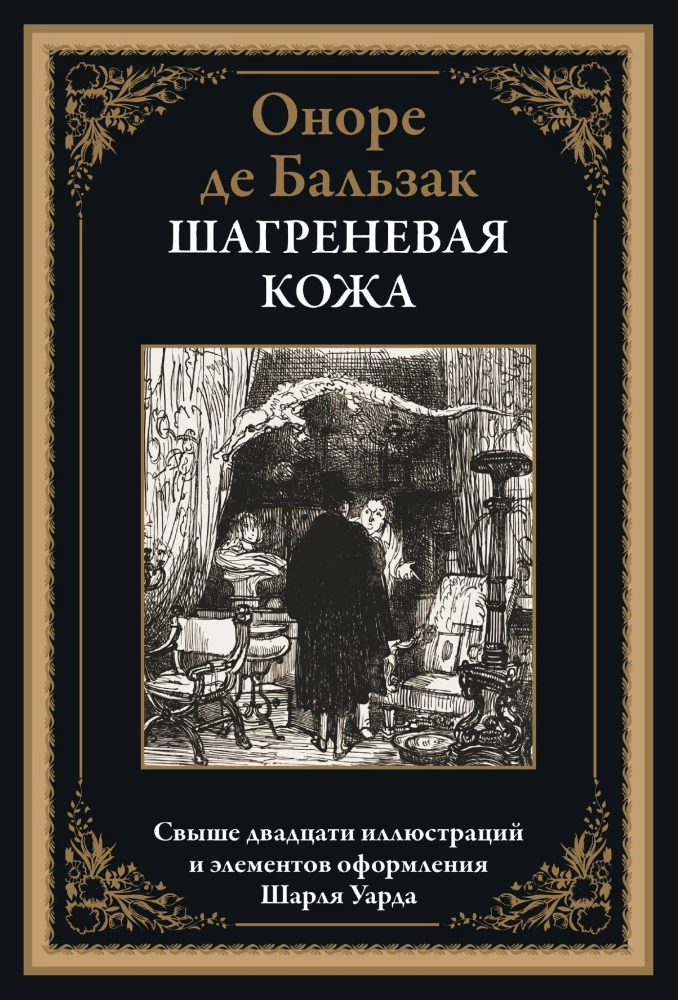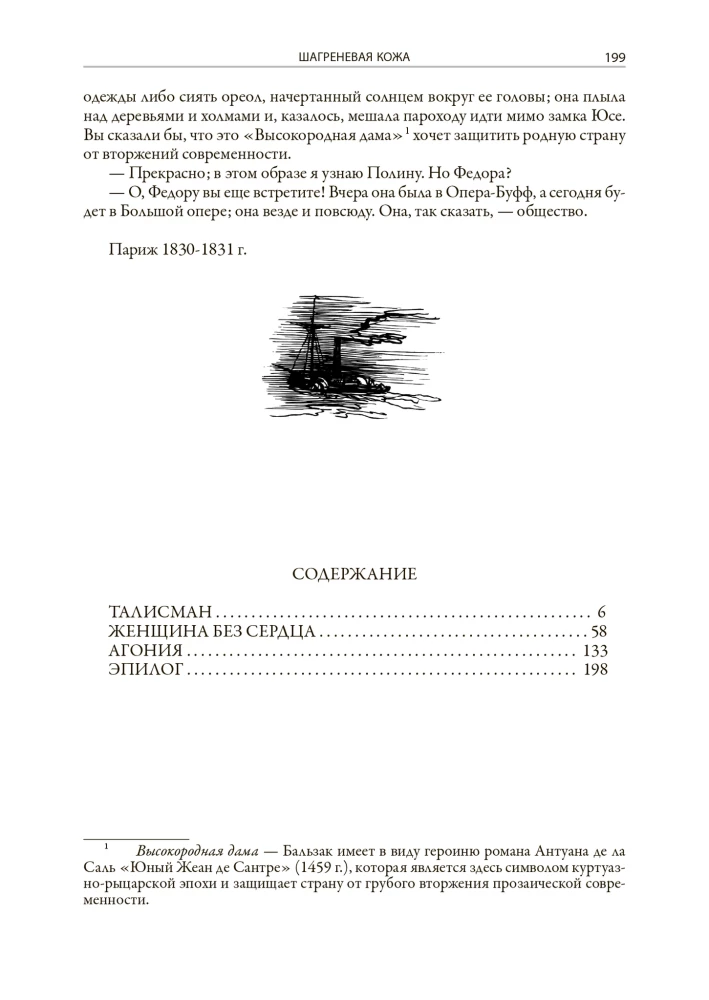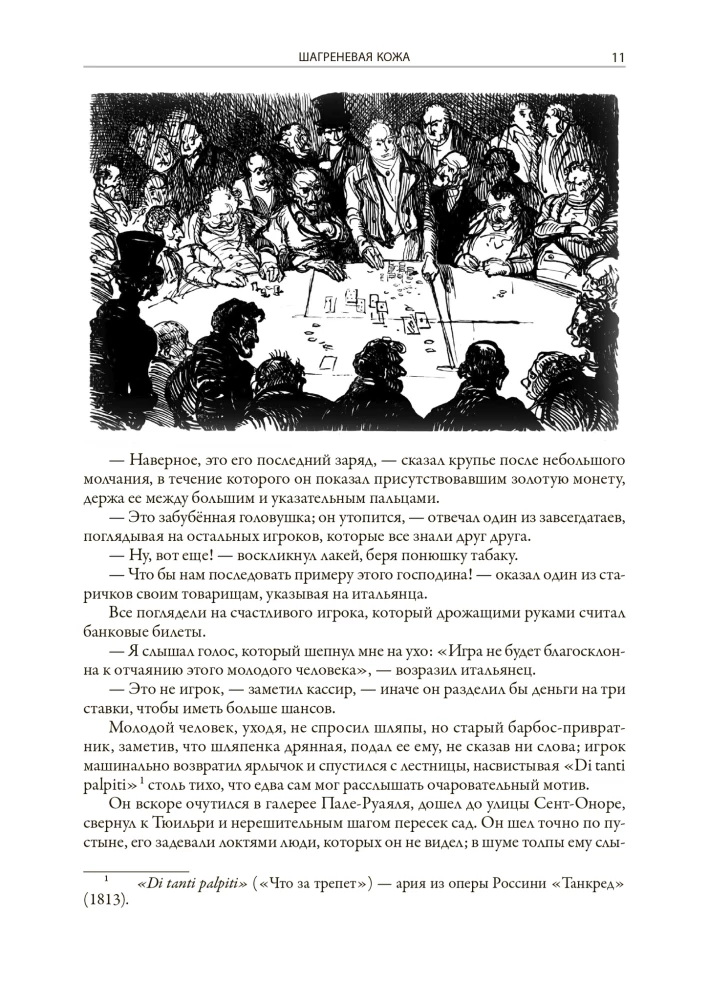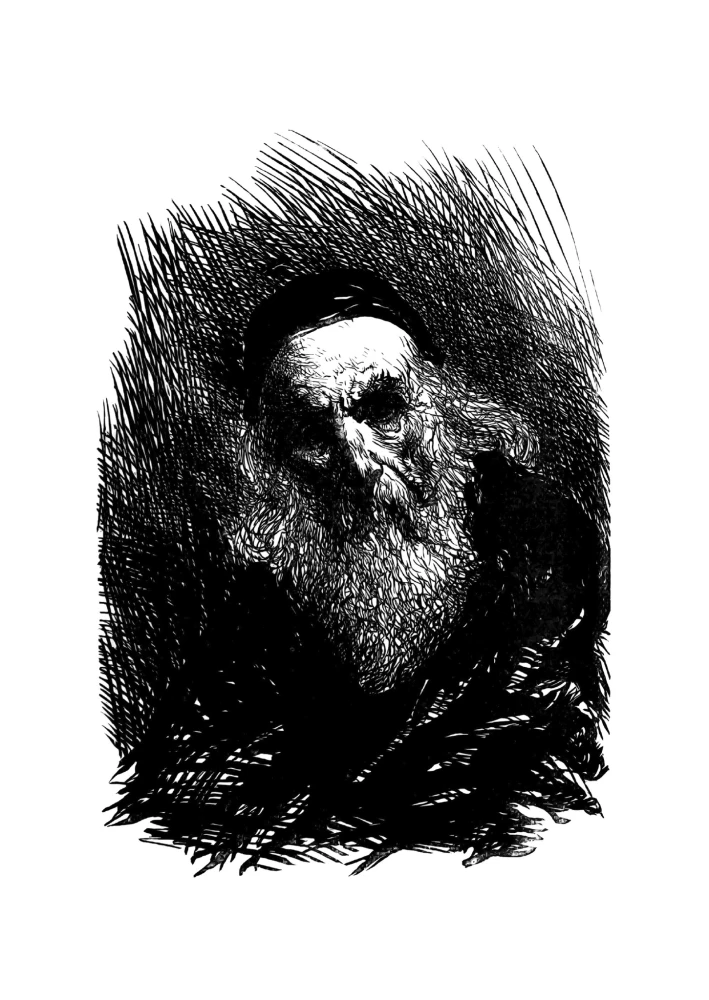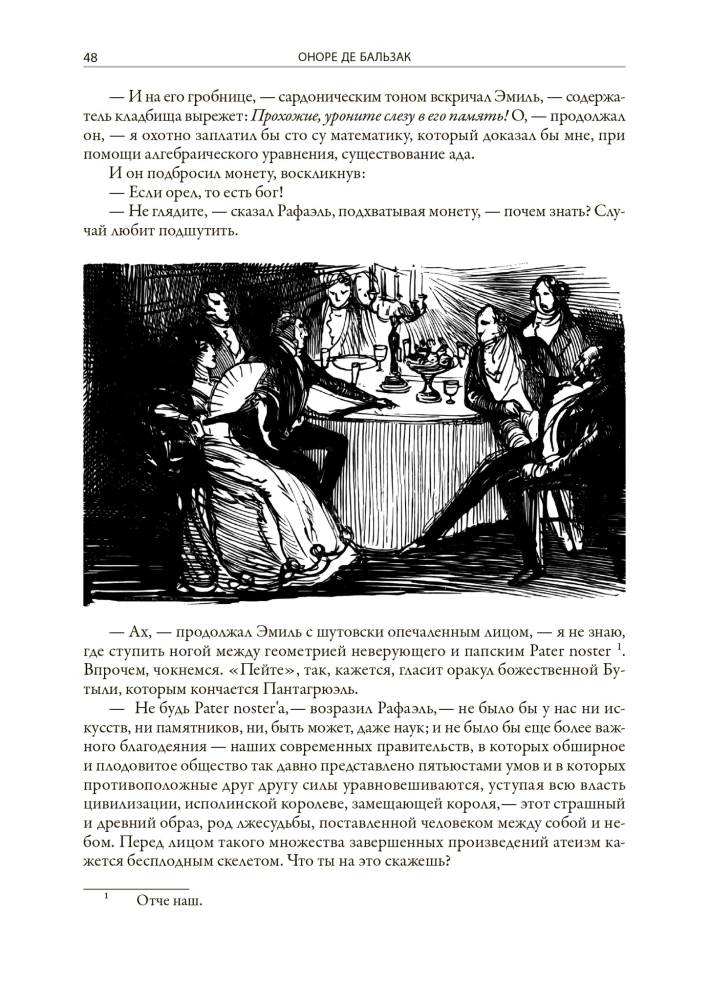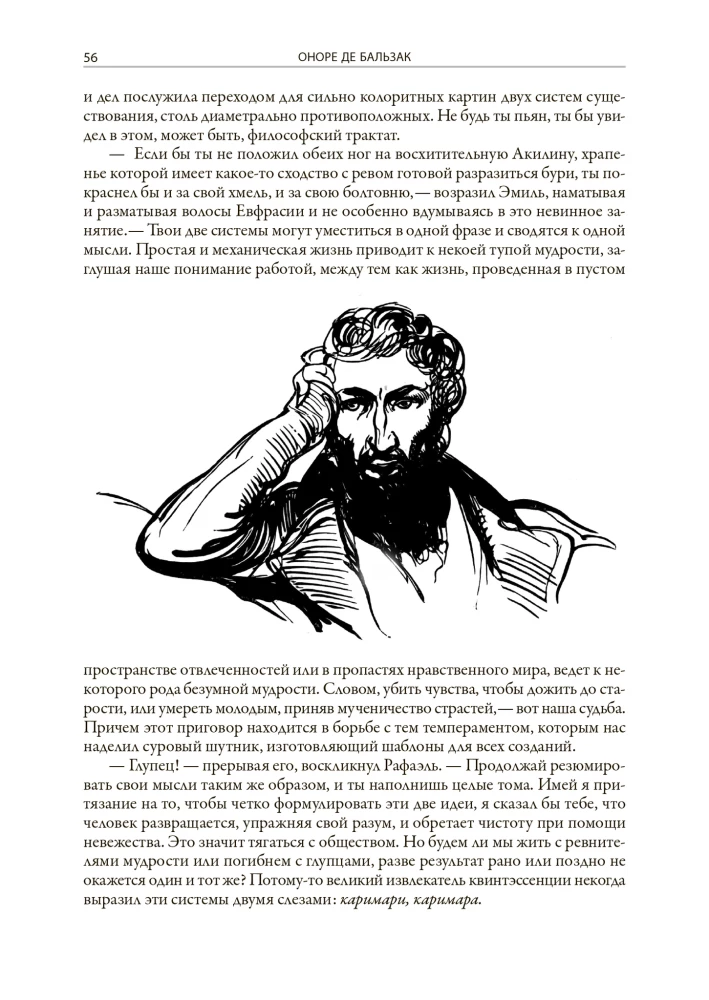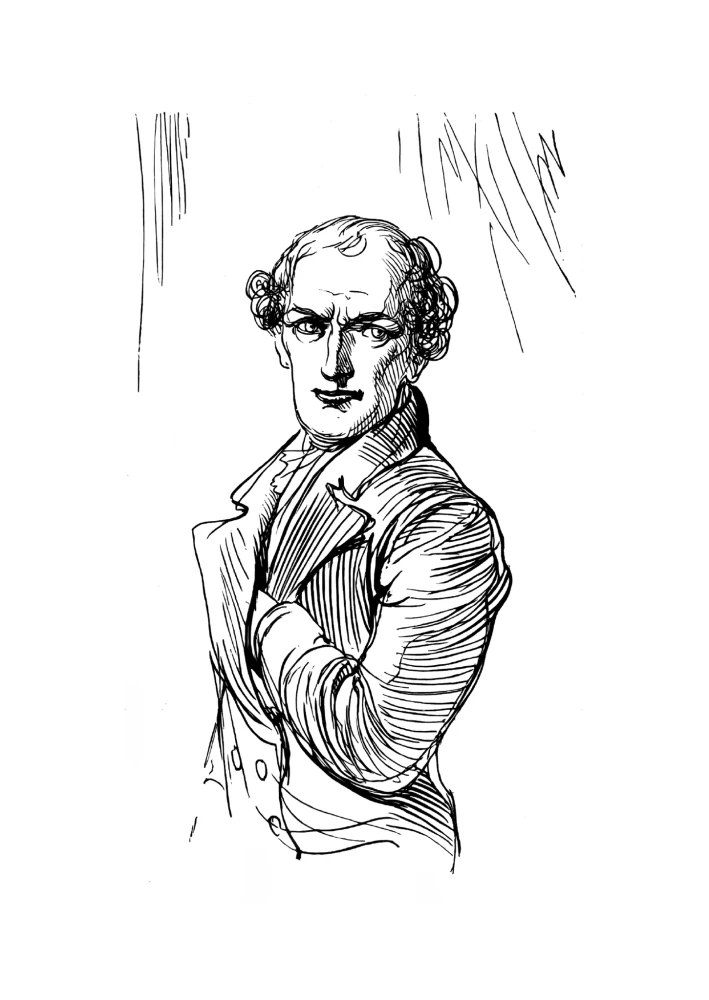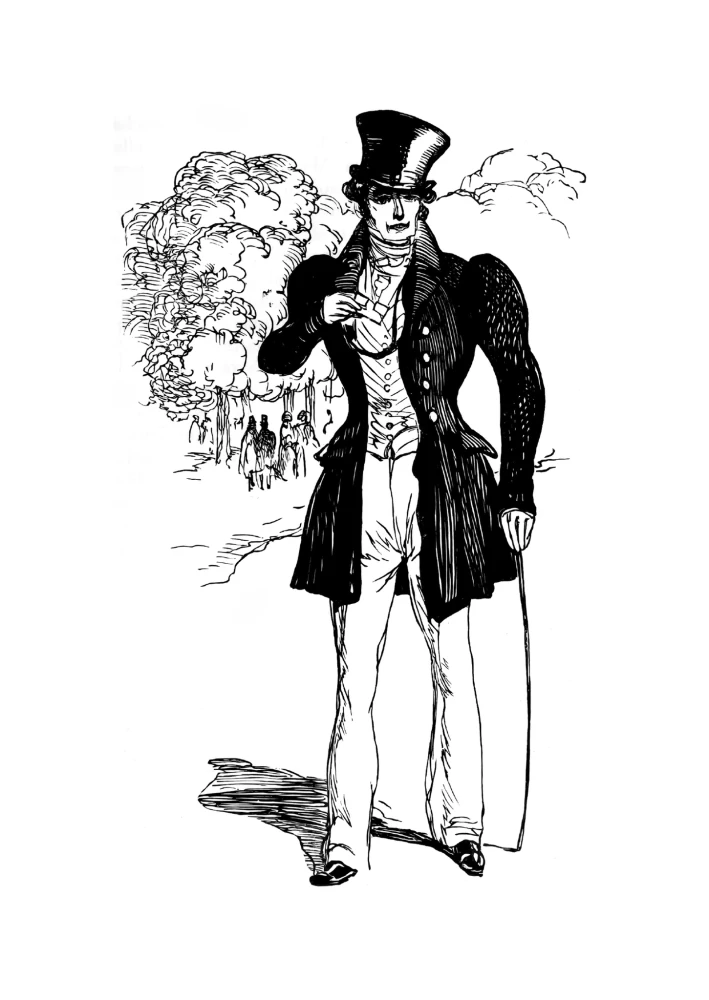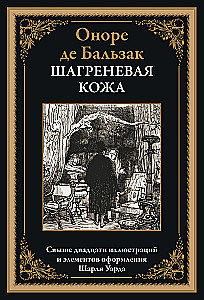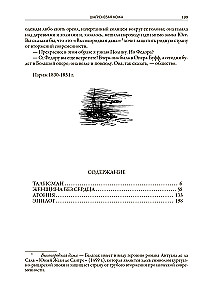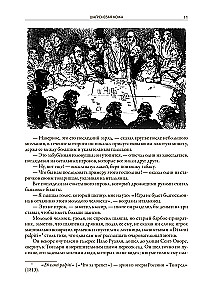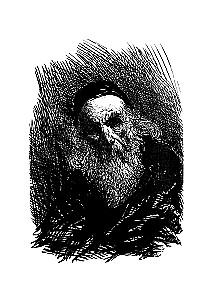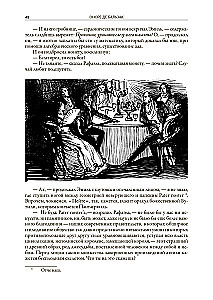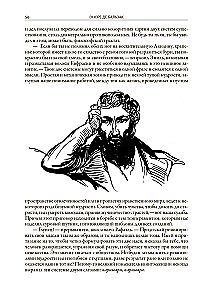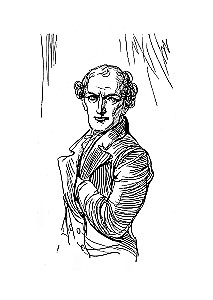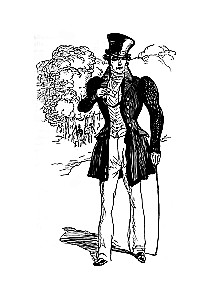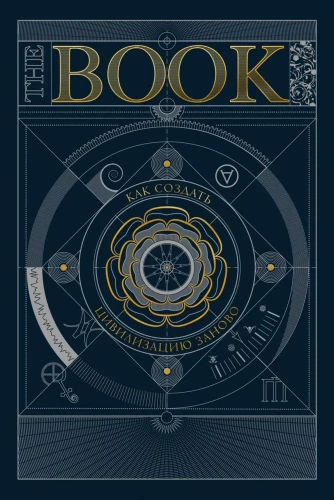The Wild Ass's Skin
«The Wild Ass's Skin» — another novel from the «Scenes of Parisian Life» of the large cycle «The Human Comedy», written by O. de Balzac in 1830-1831. The author depicts the life of an ordinary person whose fate intertwines with...
an ancient mystical talisman from the mysterious East.
The illustrations for the novel were created by the French artist of the 19th century, Charles Méryon. His works emphasize the social focus of the piece. By Balzac's easy touch, the expression «wild ass's skin» has become a saying. It can refer to any important resource that quickly and irreversibly melts away. For example, it could be time, opportunities, or finances. Wild ass's skin refers to well-tanned soft goat or sheep leather with a characteristic rough surface. In Balzac's novel «The Wild Ass's Skin», a piece of such skin plays the role of a mystical and powerful talisman that the main character, Raphael de Valentin, acquires in an antique shop. The young man, ready to end his life due to chronic poverty, is saved by the talisman, for this skin is capable of fulfilling any wishes of its owner. This is indicated by the mysterious inscription on it, which, according to the antiquarian, is made in Sanskrit. However, for each realized dream, one must pay. The skin, symbolizing the life of its possessor, inevitably shrinks each time. In the grand cycle «The Human Comedy», which Balzac began writing after crossing the thirty-year mark, the novel «The Wild Ass's Skin» is categorized under «Philosophical Essays». The unusual mystical plot of the novel allowed the writer to reflect on the hidden desires of people as well as the price that is often paid for their realization.
Author: Оноре де Бальзак
Printhouse: SZKEO
Series: Library of World Literature
Age restrictions: 16+
Year of publication: 2023
ISBN: 9785960308588
Number of pages: 200
Size: 280х180х21 mm
Cover type: hard
Weight: 450 g
ID: 1478543
-
MNOGOKNIG Gmbh, Frederichstrasse 176-179, Berlin, Germany, 10117+4915205421866
